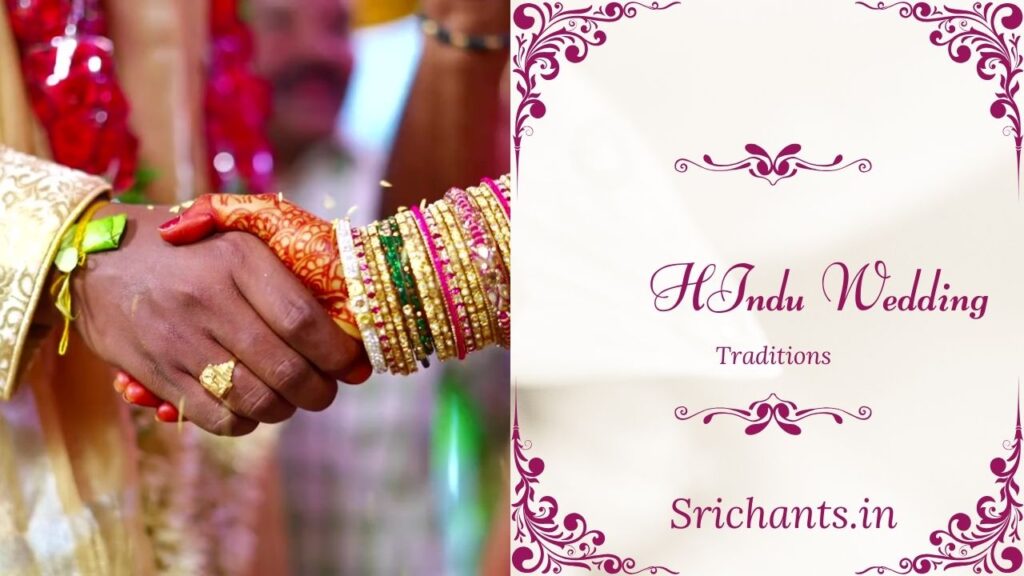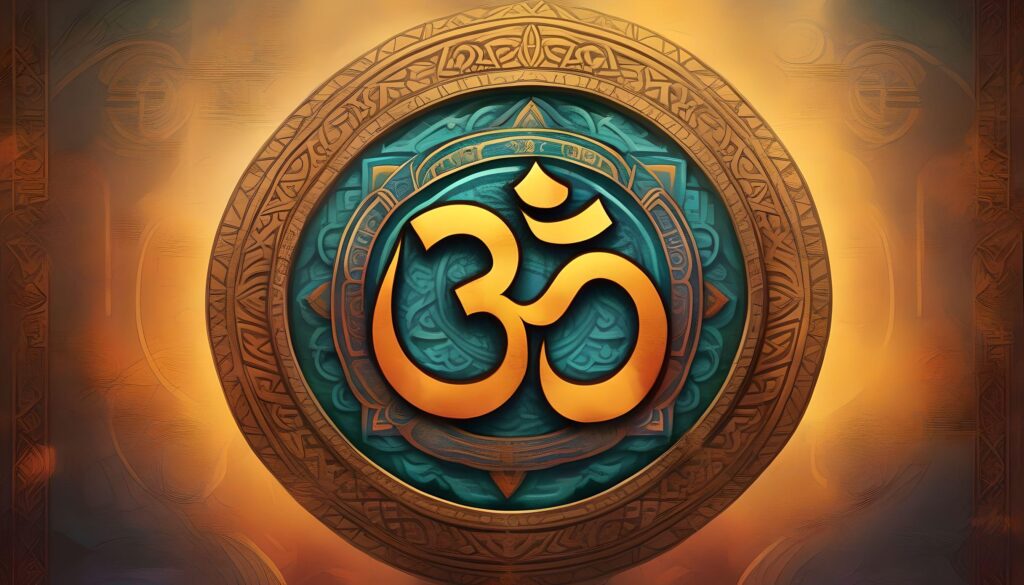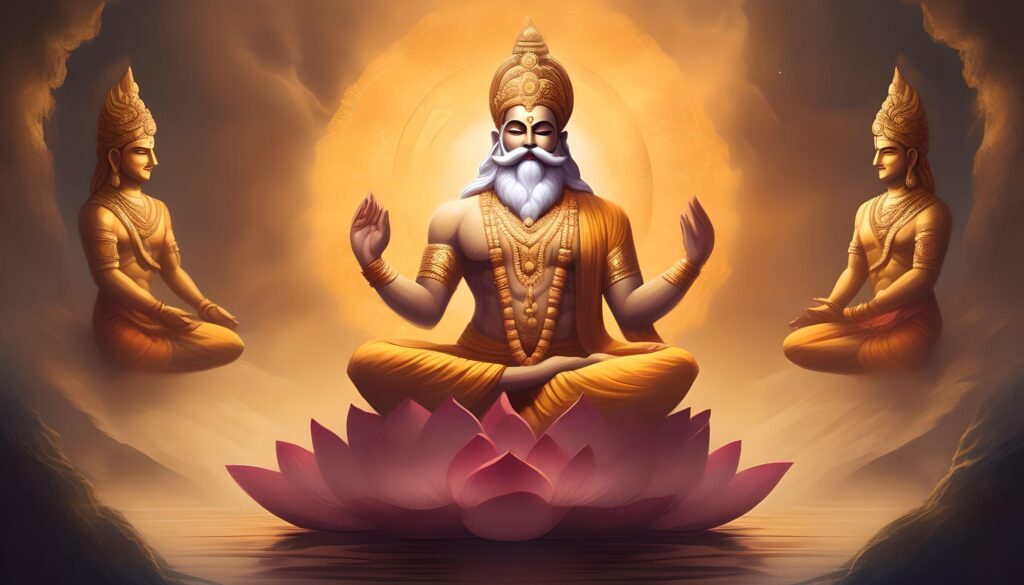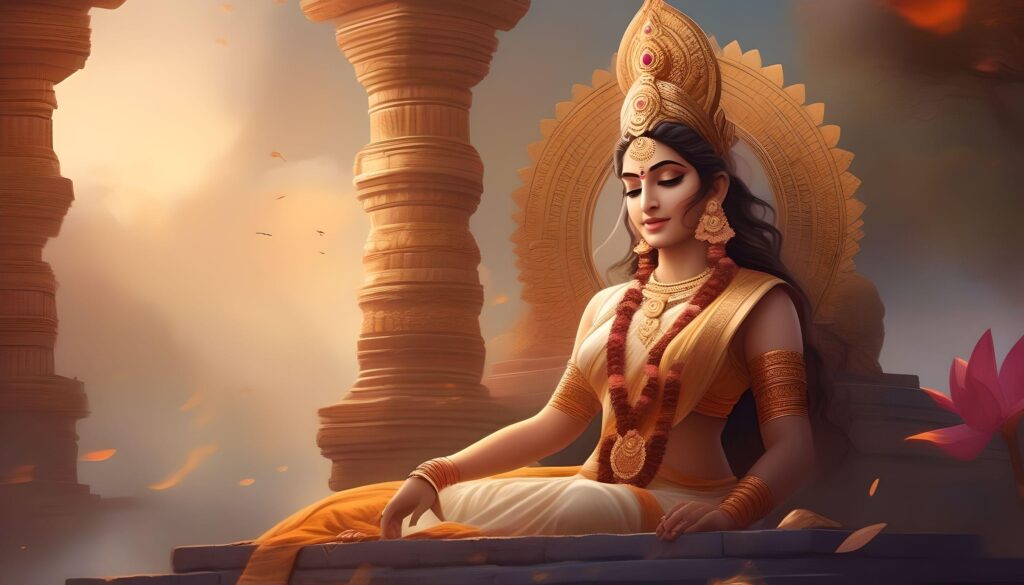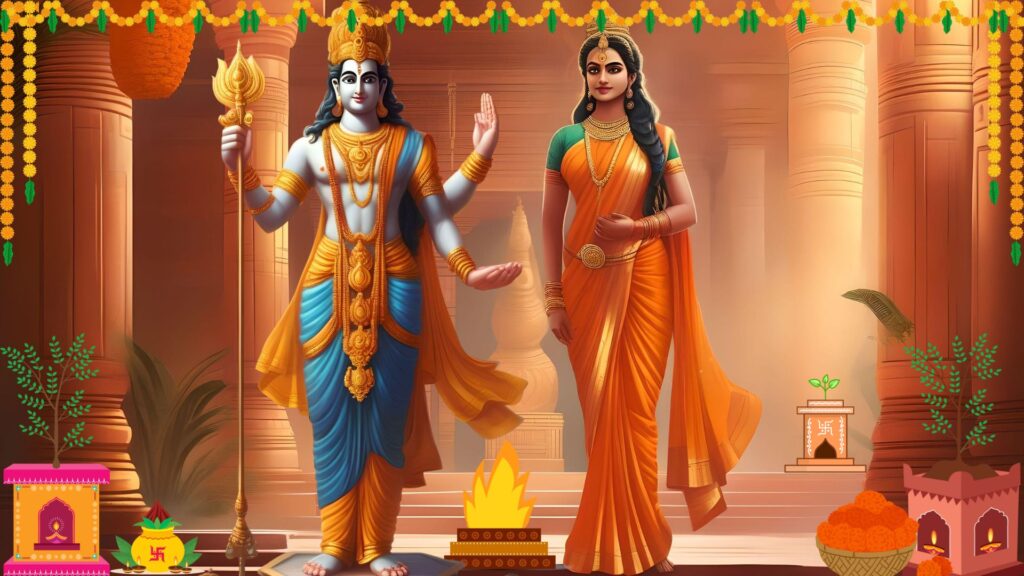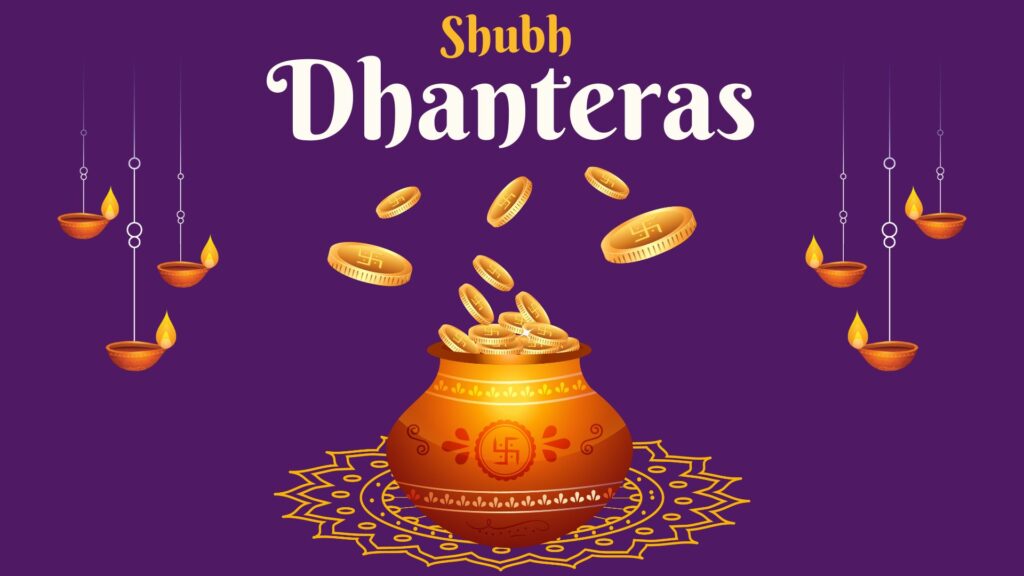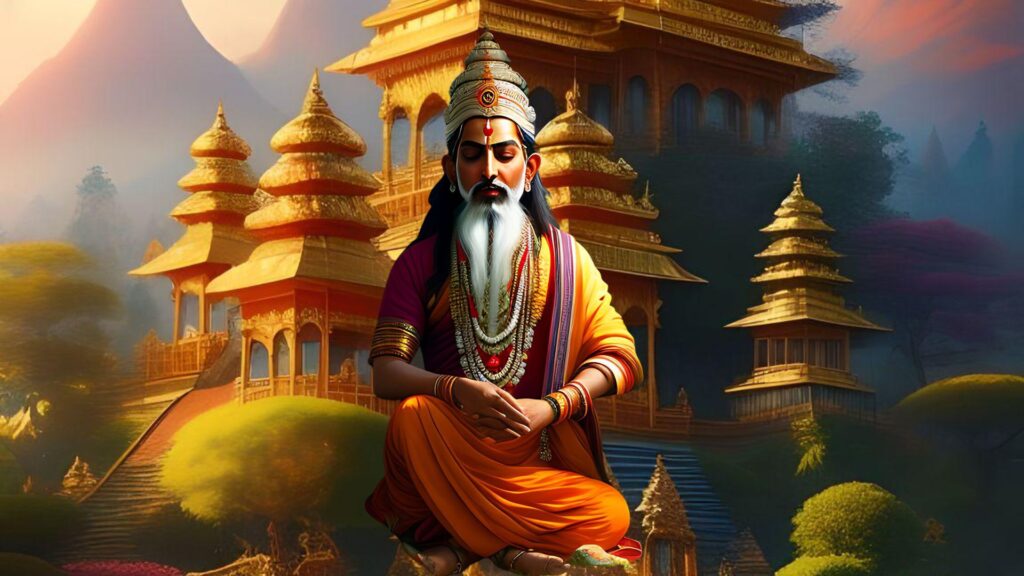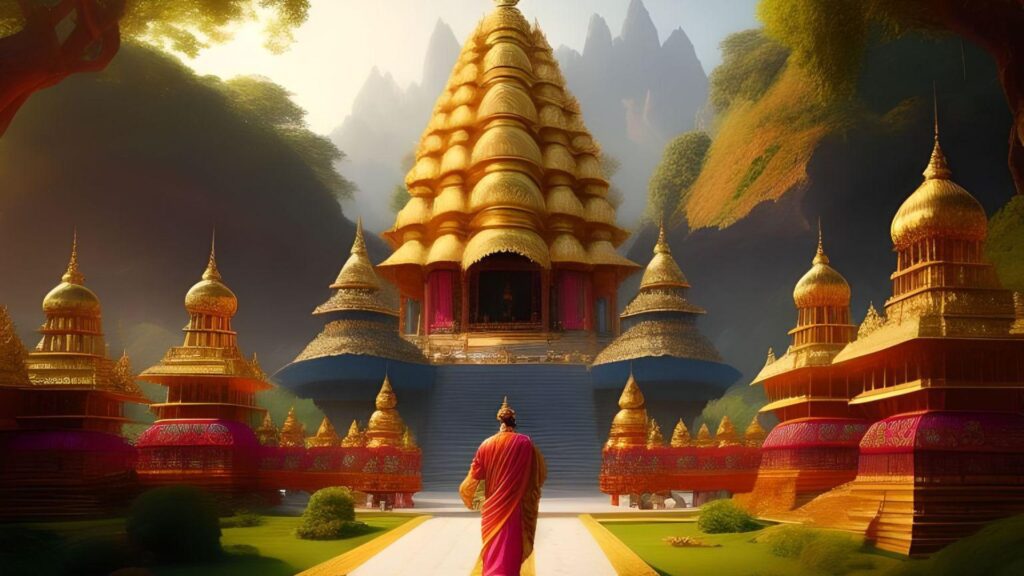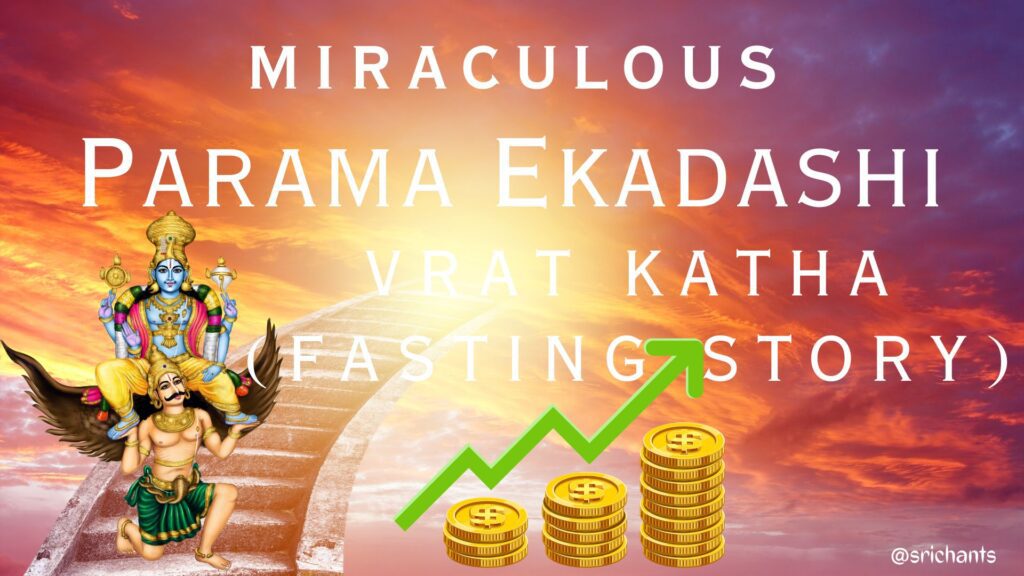Hindu Wedding Traditions: A Comprehensive Guide
Hindu matrimonial nuptials entail jubilation, solidarity, and an abundance of cultural heritage. Brimming with symbolic significance and vivid rituals, these matrimonial events are replete with color and life. It is essential, whether you are organizing or attending a Hindu wedding, to have a comprehensive understanding of the multifaceted customs and elements that contribute to the uniqueness of these occasions. We will examine the essential components of a Hindu wedding, from pre-wedding festivities to the magnificent finale, in this exhaustive guide. We shall plunge in!
1. The Sangeet: A Night of Music and Dance
The Sangeet is among the most exhilarating pre-wedding ceremonies in Hindu weddings. In some regions, this gathering is also referred to as Garba. It is a festive occasion where friends and family congregate to sing, dance, and rejoice in the impending union. The literal translation of “Sangeet” is “sung together,” which depicts the ambiance of this occasion precisely. This musical extravaganza is attended by members of both sides of the family, who chant traditional folk songs in an effort to greet one another. A occasion for amusement, familial connection, and amicable rivalry, during which members may even exhibit their aptitudes via performances.
2. The Mehndi Ceremony: Adorning the Bride with Henna
A Hindu wedding is incomplete without the Mehndi ceremony, which is traditionally performed the day before the nuptials, frequently in conjunction with the Sangeet. Traditionally, the bride’s closest female friends and family members attend this occasion. Throughout the Mehndi ceremony, the bride’s hands and feet are adorned with elaborate henna paste designs that serve as transient ornamental art. Frequently adorned with floral motifs, these designs possess symbolic significance. The bride’s partner’s name may be concealed within the artwork; the couple can turn it into an enjoyable game by locating it later. The Mehndi ceremony serves as more than a mere aesthetic embellishment; it also symbolizes the perseverance and craftsmanship that shall permeate the matrimonial union.
3. The Bride’s Attire: A Symbol of Commitment and Fertility
The bride customarily dons a red sari or a contemporary lengha, which consists of a long skirt and a blouse, on the day of the wedding. This garment is elaborately embellished with gold embroidery and motifs, which serve as symbols of fidelity and procreation. However, contemporary brides also exhibit a diverse range of vivid hues, including pastel floral patterns, bold blues, and brilliant yellows, which serve as manifestations of their individual taste and fashion sense. In addition to donning traditional garments, the groom frequently donning a kurta or sherwani. The wedding attendees are kindly requested to don attire that is similarly jubilant and vibrant, thereby infusing the celebration with energy and liveliness.
4. The Groom’s Arrival Celebration: The Baraat
Groom and attendants are greeted with tremendous jubilation and eager anticipation upon their arrival at the bridal location. Region-specific appellations for this occasion include Baraat and Vara Yatra. Guests accompanying the betrothed as he enters in procession are welcomed by members of the bride’s side of the family. The newlywed is bestowed with a garland and a plate containing an illuminated lamp, referred to as Arati. The ceremonial Akshat, which consists of dancing, lively music, and the tossing of rice, accompanies this spectacular entrance. This momentous occasion establishes the ambiance for the wedding ceremony.
5. The Kanyadaan: The Father’s Blessing
A momentous occasion, the Kanyadaan is observed during a Hindu wedding. It signifies the groom’s abdication at the hands of her father or another patriarchal figure. During this ceremonial practice, the father places his daughter’s hands into the palms of her future spouse, thereby representing the symbolic exchange of duty and confidence. It is a sincere expression that recognizes the familial connection between the groom and the bride, and it represents the bride’s agreement and embrace of her life companion.
6. The Mandap: The Sacred Wedding Altar
Temporary in nature, the Mandap is exclusively erected for the purpose of hosting the wedding ceremony. The wedding altar is a sacrosanct location where the couple, their parents, and the officiant convene to partake in the ceremonial duties and exchange vows. Frequently embellished with crystals, flowers, fabric, and foliage, the Mandap provides an aesthetically pleasing backdrop for the ceremony. It represents the sacrosanct space in which the union of the couple is venerated.
7. The Sacred Fire: Witnessing the Marriage
A sacrificial fire is ignited in the hub of the Mandap. This fire symbolizes the divine witness to the Hindu matrimonial ceremony, which imparts it with immense significance. The fire receives offerings, and the sibling of the bride presents her with three fistfuls of puffed rice, which he uses to represent his desire for her to have a joyful married life. Consistently, the newlywed contributes the rice to the fire as part of the Homam ritual. The fire is revered as a symbol of the couple’s union, bearing witness to the exchange of oaths.
8. The Prayer to Ganesha: Seeking Blessings for a New Beginning
A prelude to the wedding ceremony ritual entails the recitation of a prayer to Lord Ganesha, revered as the goddess of good fortune and the remover of obstacles. The purpose of this prayer is to solicit his favor and guarantee a blessed and trouble-free commencement of the couple’s matrimonial journey. By pronouncing the ancestral lineages of the bride and betrothed, referred to as Gotra, the priest ensures that the two individuals do not share a common ancestry. This practice promotes the value of diversity by discouraging close relatives from matrimonial unions.
9. The Jai Mala: Exchanging Floral Garlands
The Jai Mala is an exquisite ceremony in which the couple exchanges floral garlands that have been strung. This interchange represents the reciprocal embrace and initiation into their individual households. As a symbolic finality of the matrimonial union, the Jai Mala is a vital component of Hindu marriages. Fusion weddings and those influenced by the West frequently incorporate the exchange of jewels after the Jai Mala, which symbolizes the couple’s commitment and union.
10. The Mangala Sutra: A Necklace of Blessings
The husband adorns the bride with a necklace called the Mangala Sutra throughout the matrimonial rites. This necklace, composed of gold and black beads, represents the benevolence of Lakshmi, the Hindu deity associated with prosperity, good fortune, and wealth. Throughout her matrimonial life, the bride donning the Mangala Sutra functions as a perpetual symbol of the couple’s sacred union and the prosperity bestowed upon them.
11. The Saptapadi: Seven Steps to a Blissful Marriage
Saptapadis are significant Hindu wedding rituals in North India. The ceremony consists of the bride and groom’s garments being tied together, traditionally the sash and veil of the bridal. In accordance with South Indian custom, the couple takes seven steps together to represent their seven oaths to one another and their friendship. The couple performs a seven-time circumambulation of the sacred fire in accordance with North Indian custom; each round symbolizes a distinct blessing they earnestly petition the deities for. The Saptapadi stresses the significance of mutual support and companionship as the cornerstones of a Hindu matrimonial union.
12. The Vidaai: A Tearful Farewell
Symbolically, the Vidaai ceremony signifies the bride’s departure from her parents’ residence in order to begin a fresh existence with her future spouse. A bittersweet occasion characterised by emotional farewells, hugs, and tears. The newlywed throws handfuls of rice and coins above her head as an expression of gratitude for the care and affection she was bestowed with by her parents. The Vidaai ceremony marks the conclusion of the matrimonial celebrations and the commencement of the newlyweds’ shared life.
Hindu wedding ceremonies, in summary, exemplify a splendid fusion of symbolic significance, rituals, and cultural customs. Every component, ranging from the radiant Sangeet to the melancholy Vidaai, possesses profound significance and meaning. Gaining knowledge of these customs not only enhances the experience of participating in a Hindu matrimonial ceremony, but also bestows an appreciation on the enduring ceremonies that bind two individuals in holy union. Whether one is organizing a Hindu wedding or simply attending as an observer, it is highly recommended to fully engage in the exuberant festivities and wholeheartedly embrace the abundant cultural legacy that these ceremonies epitomize.
Keep in mind that a Hindu wedding signifies the union of two families, as witnessed by the divine, and not merely the union of two individuals. It is an occasion to commemorate affection, dedication, and the commencement of a perpetual odyssey replete with felicity and happiness.
